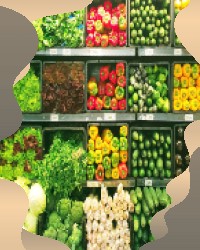New York 2015 Trees
Analysis

My analysis provides key insights into the condition and management of street trees in the area. Firstly, tree diameters are primarily concentrated between 50 and 60 inches, with a notable number of outliers that may stem from human error or environmental impacts. This suggests potential issues with data collection or external factors influencing tree growth
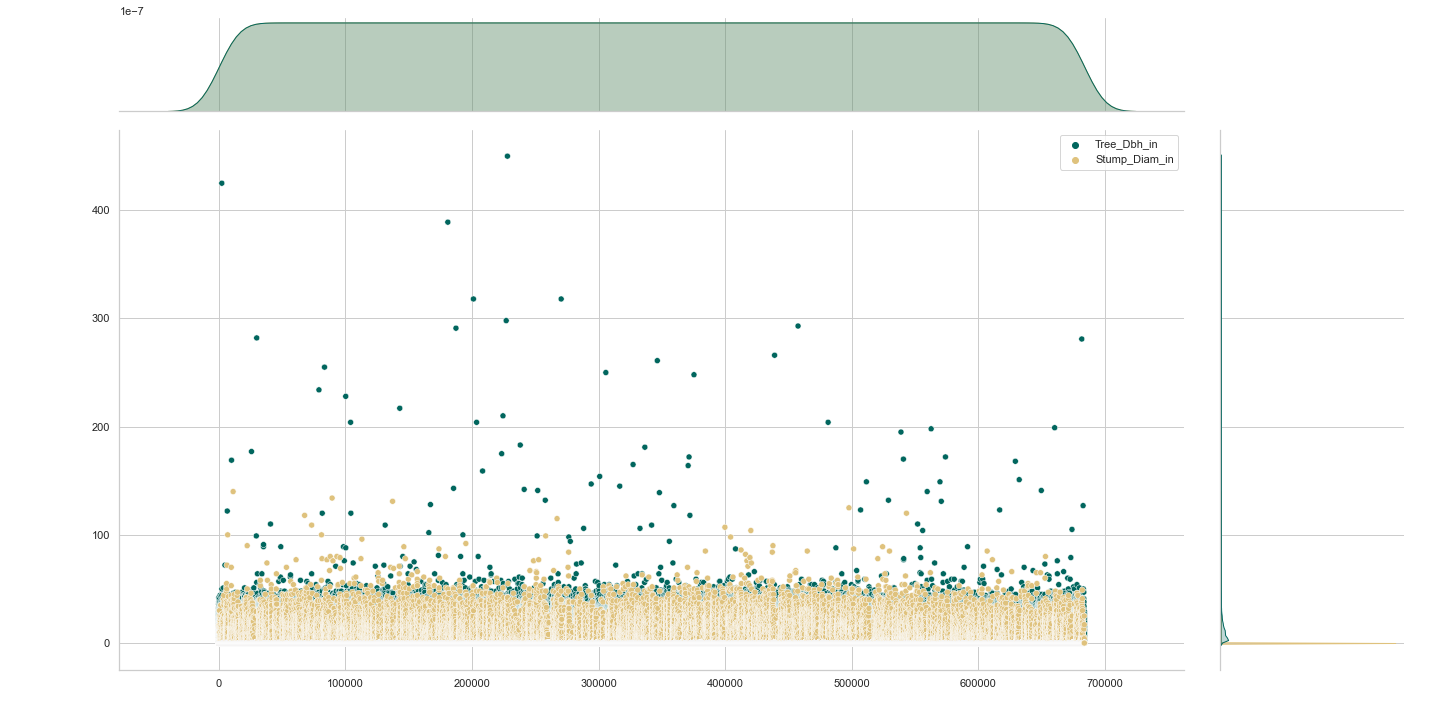
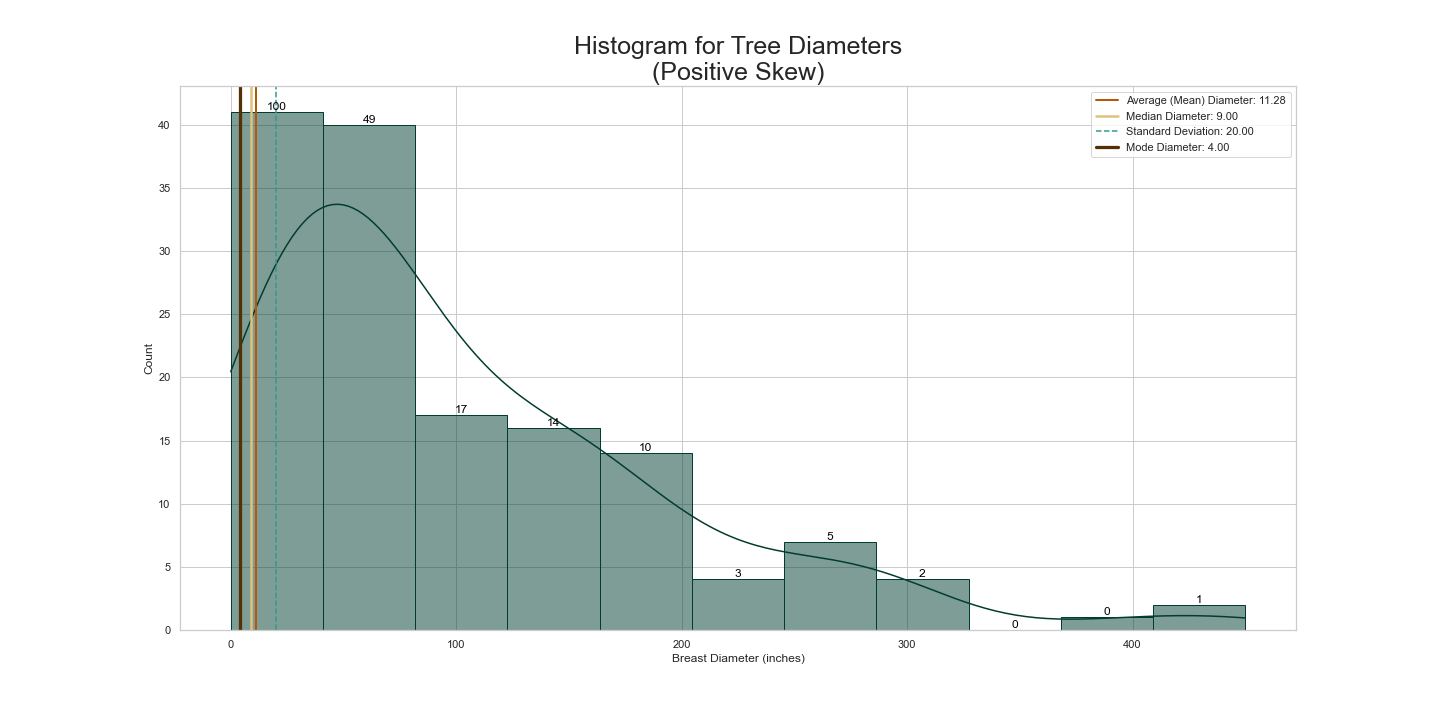
Secondly, the mean diameter at breast height for street trees is 11.28 inches, with a median of 9 inches, indicating a wide range of tree sizes. The large standard deviation of 20 further emphasizes variability in tree size across New York City. Additionally, the median tree diameter of 12 inches is notably higher than the median stump diameter of 3 inches, indicating that the city's trees are generally larger and older than their stumps.

Thirdly, survey responses reveal that the majority of surveyors reported 0-2 problems with street trees, with greater variance in responses reporting higher numbers of problems. This suggests potential issues with tree roots affecting their health and vitality.
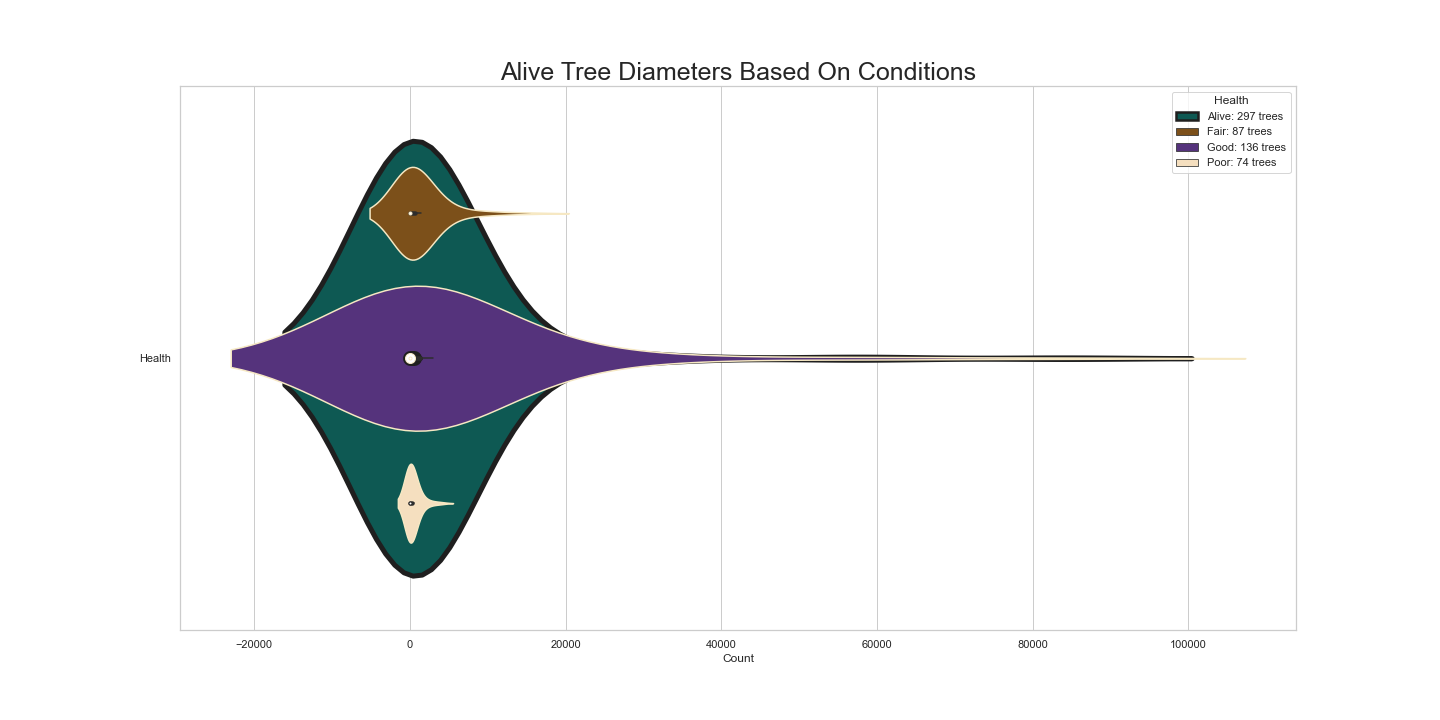
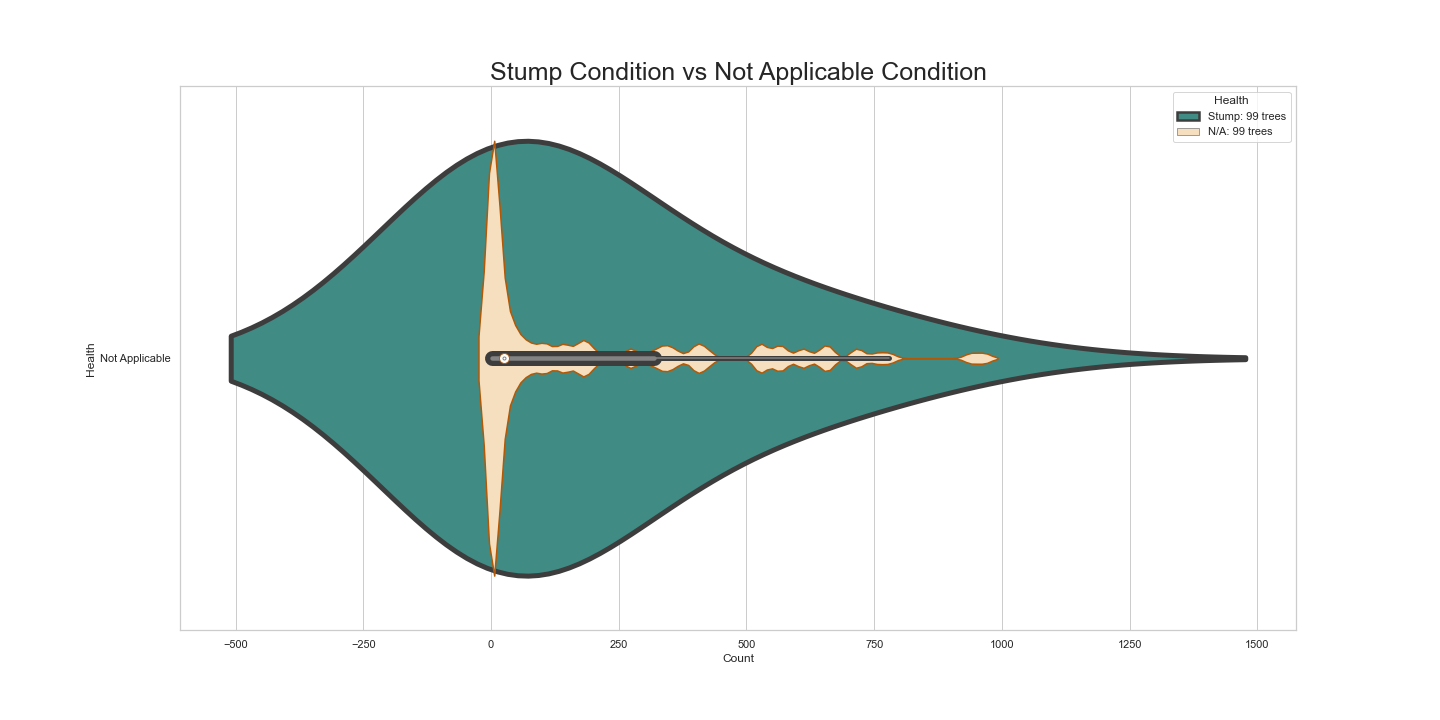
Fourthly, although the majority of trees in the city are in good health and labeled as "Alive," there is a need for improvement in the management and care of trees in "Fair" and "Poor" condition. The data suggests potential root issues in these trees that need addressing to ensure their survival and long-term health.
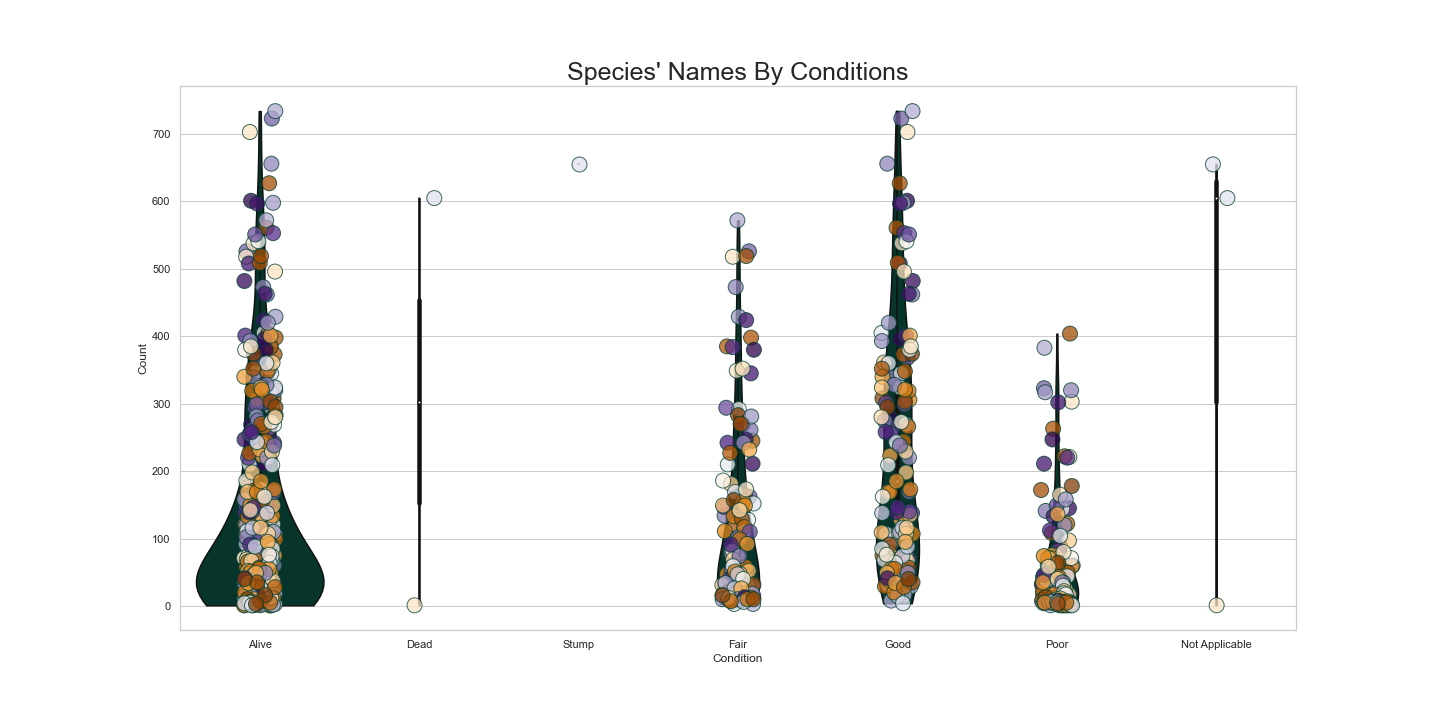
Finally, diameters in the "Not Applicable" category are more tightly clustered than in the "Stump" category, indicating potential consistency in this area of data collection. However, bins with maximum outliers suggest possible data errors or other issues requiring attention.
Overall, this data analysis provides valuable insights into the condition of street trees in the city, highlighting areas that may need additional attention and resources to ensure the health and vitality of these important urban assets.
Conclusion
The comprehensive street tree census conducted by NYC Parks & Recreation and partner organizations in 2015 offers crucial insights into the state of street trees in New York City. Although the majority of street trees are healthy, the findings underscore the need to improve and maintain trees in "Fair" and "Poor" condition. The data analysis also highlights potential root issues and variations in tree diameter measurements compared to stump diameter measurements. Further research can be conducted to investigate the underlying causes of these discrepancies and to establish effective strategies for managing and caring for street trees in the New York City area.
